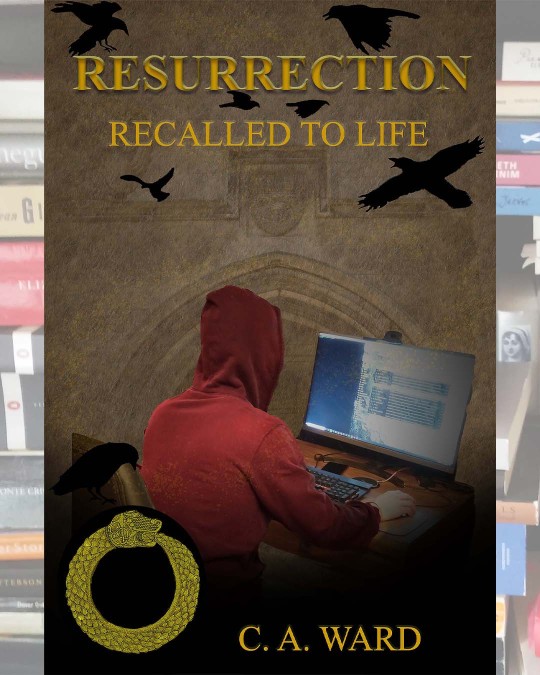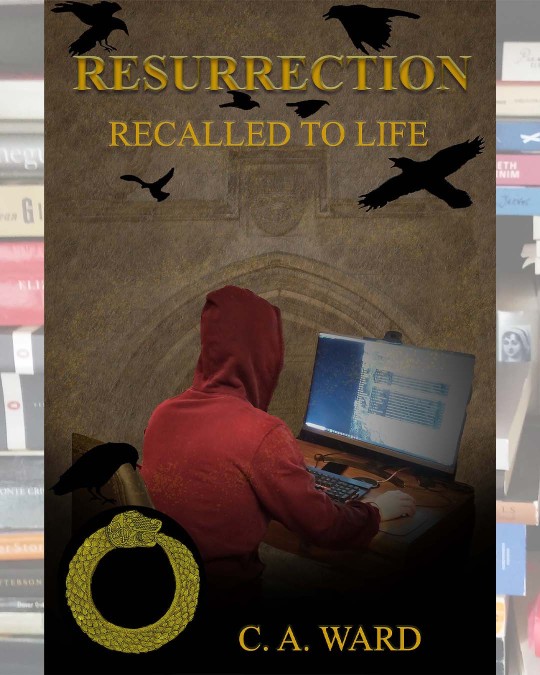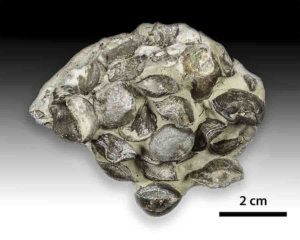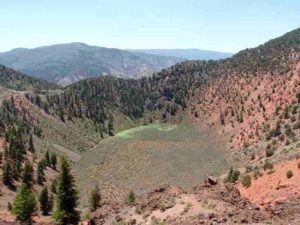Don't wanna be here? Send us removal request.
Text

Resurrection: Recalled to Life will be FREE on Kindle, Friday, November 26th! This is a booklover's book. Perhaps you could tell by the shelfie I posted a few weeks ago! Nick returns to the summer when he was twelve, and tries to build a better life this time around. This includes helping his family to meet the challenges that they must face. He is not overpowered, not a superman, yet his gradual growth and transformation affects not only himself, but those around him.
4 notes
·
View notes
Photo

Miniature model of a well, found in a burial from the Han Dynasty (206 BCE-220 CE).
{WHF} {HTE} {Medium}
115 notes
·
View notes
Link
21 notes
·
View notes
Photo

An ivory game piece for the game of tables (a medieval version of backgammon), from Germany, 1170. The piece depicts the story of Apollonius of Tyre, who brought his dead wife back to life. The men on the piece are lowering her coffin into the sea.
{WHF} {HTE} {Medium}
83 notes
·
View notes
Photo



A Papal Bull by Sixtus IV (or IIII as it’s rendered here), 1471. This particular document appoints a church official to an important post. These documents get their name from the lead seal (bulla) that verified its authenticity.
{WHF} {HTE} {Medium}
45 notes
·
View notes
Photo

Romulus and Remus drink the milk of a she-wolf in a Roman-era relief that is now part of the Cathedral of Maria-Saal in Austria. In Roman myth, these twins – who had been abandoned to die and were saved by the wolf – went on to found the city of Rome.
{WHF} {HTE} {Medium}
79 notes
·
View notes
Text

Advance Notice! Resurrection: Recalled to Life will be free on Kindle, Friday, November 26th! This is a booklover's book. Perhaps you could tell by the shelfie I posted a few weeks ago! Nick returns to the summer when he was twelve, and tries to build a better life this time around. This includes helping his family to meet the challenges that they must face. He is not overpowered, not a superman, yet his gradual growth and transformation affects not only himself, but those around him.
3 notes
·
View notes
Photo

Basaltic dyke | #Geology #GeologyPage #Dyke #portugal
Basaltic dyke exposed by erosion, with light brown, layered hyaloclastite. Fayal island, Azores, Portugal.
Photo Copyright © Heidi Soosalu/Wikimedia
Geology Page www.geologypage.com — view on Instagram https://scontent-yyz1-1.cdninstagram.com/v/t51.2885-15/258887591_418793069700970_8451468749101307962_n.jpg?_nc_cat=110&ccb=1-5&_nc_sid=8ae9d6&_nc_ohc=EJuxojzNdLMAX_6vpgC&_nc_ht=scontent-yyz1-1.cdninstagram.com&edm=ANo9K5cEAAAA&oh=4369348761f2090c6dc5115cd6f80639&oe=619D45A6
37 notes
·
View notes
Photo

A bracelet from the Mughal Empire in the 19th century, depicting two pink elephants with their trunks intertwined. Elephants were an important part of Mughal life – the ruling family used them for warfare, hunted them, and used them for sport.
{WHF} {HTE} {Medium}
83 notes
·
View notes
Photo

A bowl from the Majiayao culture in northern China, ca. 3000 BCE. The bowl depicts a group of male dancers holding hands and dancing in a line.
{WHF} {HTE} {Medium}
67 notes
·
View notes
Link
In 2015, paleontologists announced a stunning discovery. Preserved in Cretaceous rock from Brazil was the complete skeleton of a beast resembling a snake, but with one significant addition: four tiny, almost vestigial legs.
This marked something of a paleontological ‘holy grail’. The beast, which they named Tetrapodophis amplectus, was the missing link between snakes and lizards.
There’s just one problem. According to a new analysis of the remains, Tetrapodophis (from the Greek, meaning “four-legged snake”) is not a snake at all, but a species of extinct marine lizard that lived over 110 million years ago.
Continue Reading.
305 notes
·
View notes
Link
Remains of a toothless, two-legged dinosaur species that lived some 70 million years ago has been discovered in Brazil, researchers said Thursday, calling it a “very rare” find.
The small dinosaur, which measured about a meter (three feet) long and 80 centimeters (two and a half feet) tall, is a theropod, a group whose members were almost all believed to be carnivores.
But puzzlingly, the new species – dubbed Berthasaura leopoldinae – has a beak-like mouth with no teeth.
Continue Reading.
136 notes
·
View notes
Link
Researchers have identified a version of a gene that doubles a person’s risk of severe COVID-19 and doubles the risk of death from the disease for people under 60.
The gene, LZTFL1, is involved in the regulation of lung cells in response to infection. When the risky version of the gene is present, cells lining the lungs seem to do less to protect themselves from infection with the coronavirus SARS-CoV-2.
The gene version that raises COVID-19 risk is present in 60 percent of people of South Asian ancestry, 15 percent of people of European ancestry, 2.4 percent of people with African ancestry and 1.8 percent of people with East Asian ancestry.
Continue Reading.
1K notes
·
View notes
Link
Even the wildest parts of the Amazon untouched by humanity are being impacted by climate change, according to new research.
Hotter, drier conditions over the past four decades are decreasing the body size of the rainforest’s birds while increasing their wingspans, a study published in the journal Science Advances said Friday.
The changes are thought to be a response to nutritional and physiological challenges, especially during the June to November dry season.
“The biggest takeaway for me is that this is happening far from direct human disturbance, such as deforestation, in the heart of the world’s biggest rainforest,” Vitek Jirinec, an ecologist at the Integral Ecology Research Center and the paper’s lead author told AFP.
Continue Reading.
156 notes
·
View notes
Link
A fabric made of engineered silk keeps skin about 12.5°C cooler than cotton clothing and provides relief from hot weather.
Approximately 15 per cent of global electricity goes towards keeping us cool. To reduce this energy demand, scientists have been searching for passive ways of cooling us that don’t require electricity.
Jia Zhu at Nanjing University in China and Shanhui Fan at Stanford University and their colleagues were inspired by silk, which feels cool against the skin because it reflects most of the sunlight that strikes it – mainly the infrared and visible wavelengths – and also readily radiates heat.
They were able to engineer silk to block even more sunlight – about 95 per cent – by embedding the fibres with aluminium oxide nanoparticles that reflect the ultraviolet wavelengths of sunlight.
Continue Reading.
713 notes
·
View notes
Photo

Uncovering the secrets behind Earth’s first major mass extinction http://www.geologypage.com/2021/11/uncovering-the-secrets-behind-earths-first-major-mass-extinction.html
7 notes
·
View notes
Photo

Let’s talk about the 1,800-plus ‘young’ volcanoes in the US Southwest http://www.geologypage.com/2021/11/lets-talk-about-the-1800-plus-young-volcanoes-in-the-us-southwest.html
6 notes
·
View notes